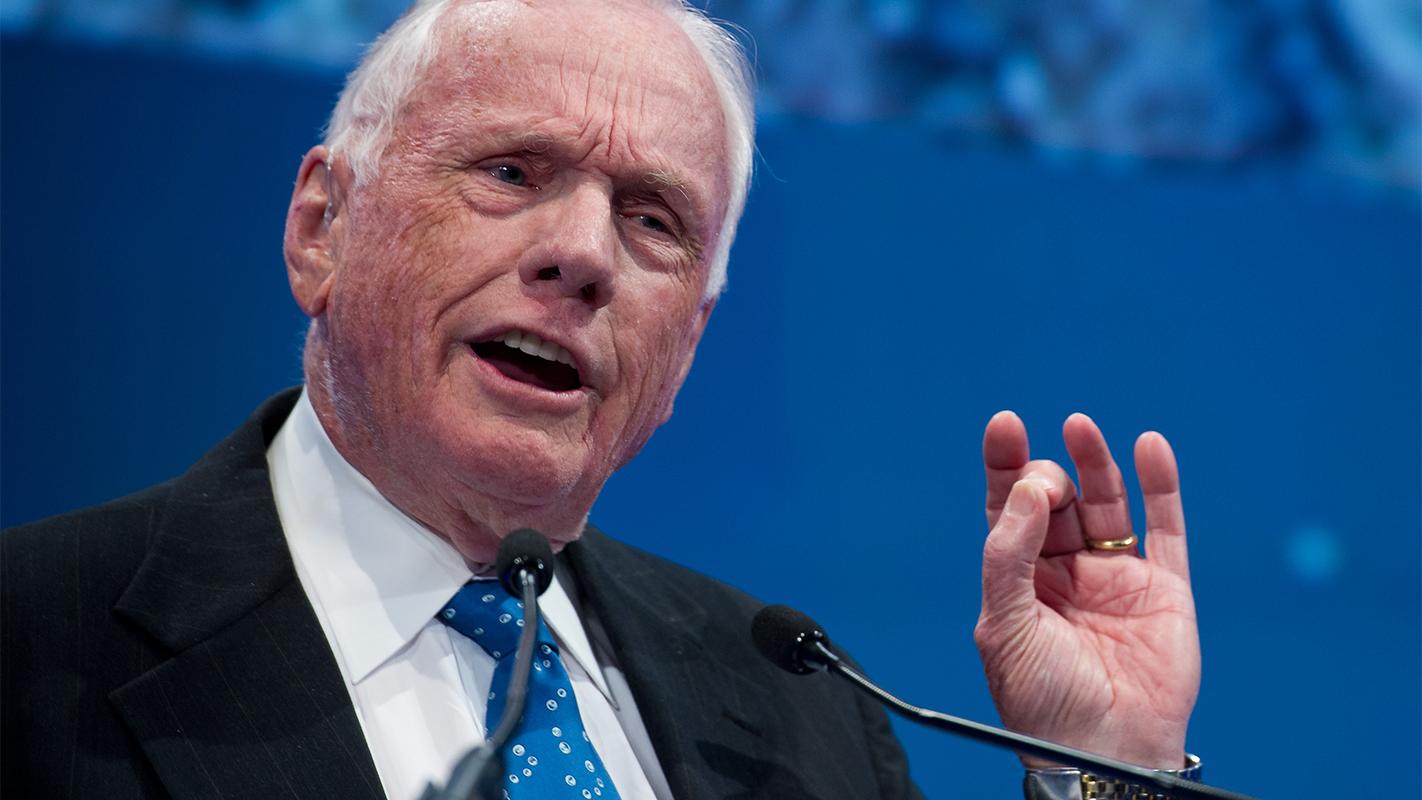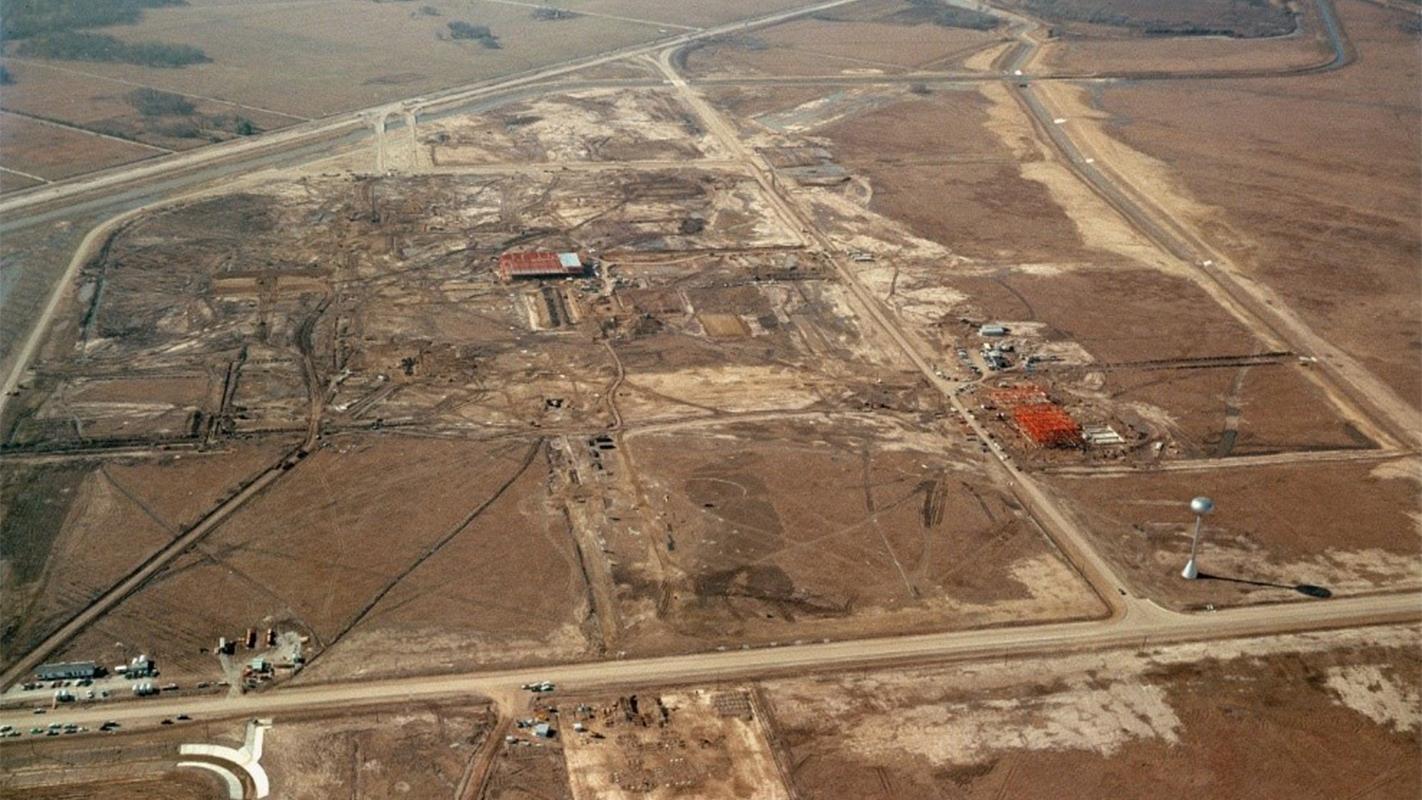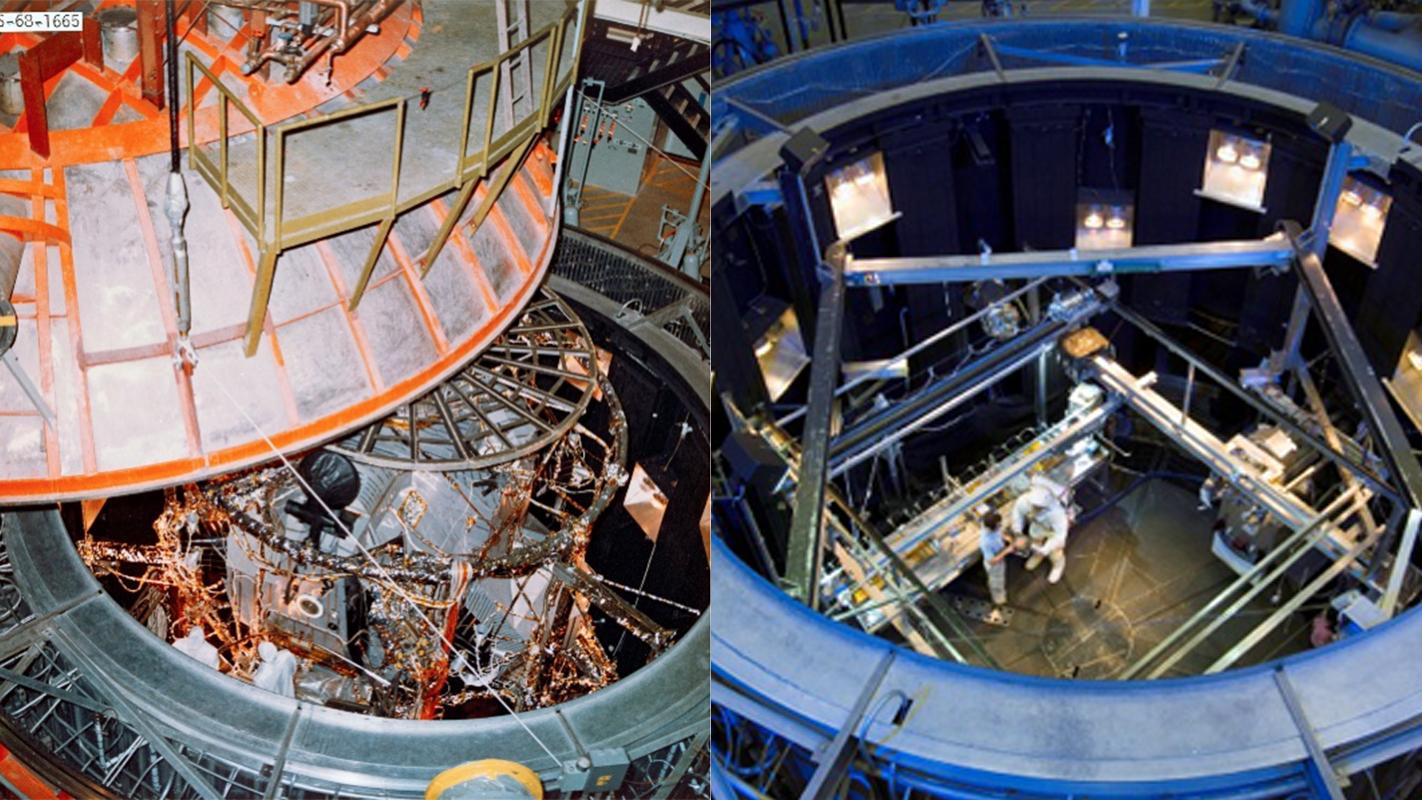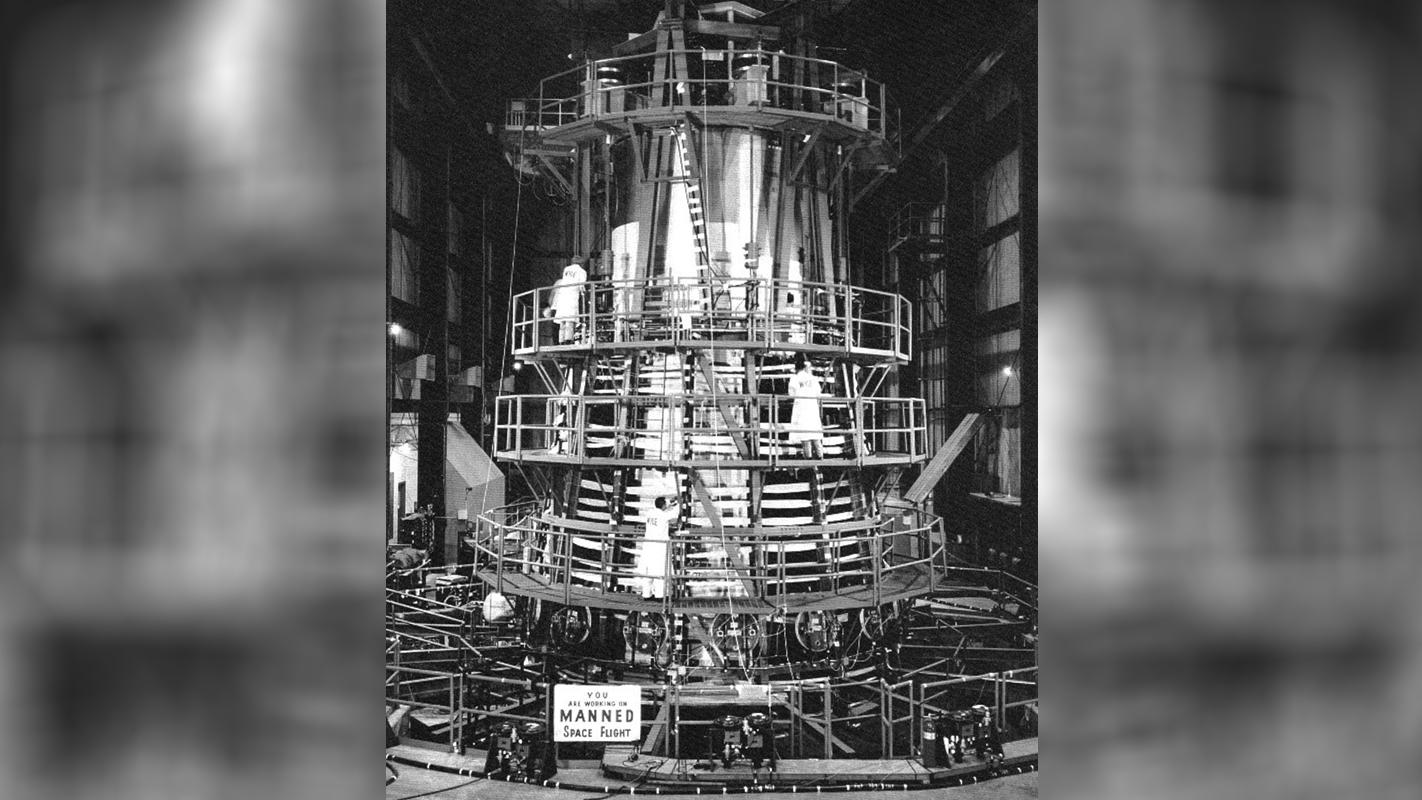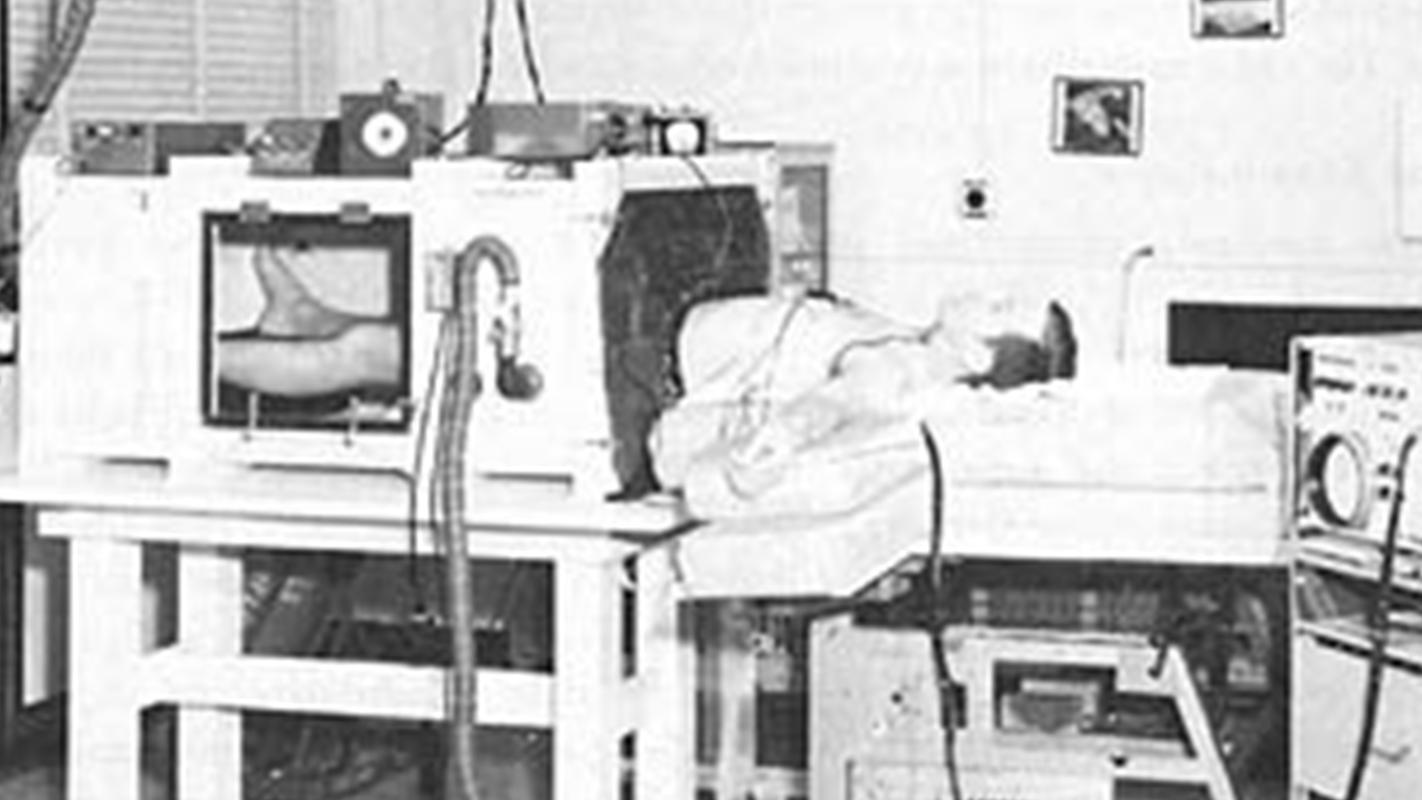Lunar Legacy: KBR Helps Apollo 11 Make History
On July 20, 1969, U.S. President Richard Nixon made arguably the world’s most historic long distance phone call. He phoned Apollo 11 astronauts Neil Armstrong and Edwin "Buzz" Aldrin on the moon.
“Hello Neil and Buzz, I'm talking to you by telephone from the Oval Room at the White House,” said Nixon. “Because of what you have done, the heavens have become a part of man’s world.”
This presidential call signaled a tremendous feat for America’s space program and the entire nation. The Apollo 11 mission fulfilled President John F. Kennedy’s goal of landing a man on the moon and returning him safely to Earth. KBR helped make this far-reaching dream a reality through its work with the Apollo program.
From the Gemini program in the early 1960s through the planned return to the moon by 2024, KBR has supported eight NASA human spaceflight programs. The company has accompanied NASA – in the words of Kennedy – “…on the most hazardous and dangerous and greatest adventure on which man has ever embarked.” Along the way, in a testament to the value of KBR’s many contributions, astronauts, including Neil Armstrong, served as members of the board of directors at one of KBR’s heritage companies.
Laying the Foundation for NASA’s Space Program
KBR launched NASA towards its goal of landing men on the moon by helping it establish a center for America’s human spaceflight programs. Less than seven months after Kennedy’s declaration to send an American to the moon, heritage KBR company Brown & Root bested 19 other organizations to win a contract for architectural design services at the Manned Spacecraft Center in Houston, Texas. Today, that center is known as Johnson Space Center.
The work included general site development; master planning; design of the flight project facility, the engineering evaluation laboratory and the flight operations facility; and various site utilities. The center became the home for NASA’s astronaut corps and Mission Control Center.
Brown & Root continued to be a critical asset at the site after this major project. In 1964, the company formed a joint venture with Northrop and won a contract to perform operational and support services for the center’s laboratories, test facilities and technical service shop. NASA used these facilities to checkout Project Gemini and Apollo spacecraft and onboard spaceflight equipment, and train astronauts.
By 1970, about 700 Brown & Root/Northrop (BRN) employees worked at the NASA center site assisting in the operation of its Space Environment Simulation Laboratory, Crew Systems Laboratory, Experimental Mechanical Laboratory, Lunar Receiving Laboratory, Toxicology Laboratory and Thermochemical Test Area.
The employees also provided clinical laboratory support, helped with the operation of the center’s centrifuge and aided in a wide variety of tests performed on space equipment.
Fueling NASA through Rocket Testing
While Brown & Root laid the literal foundation of NASA’s space program, KBR’s heritage company Wyle Laboratories helped propel NASA towards its celestial goals. In the 1950s, the company was the first to flow large quantities of liquid hydrogen that became the fuel of choice for the Saturn V rocket that launched Apollo 11.
In the 1960s, its lab in Huntsville, Alabama, tested and evaluated the Saturn V rocket. This work included environmental and load testing.
In 1965, Wyle Laboratories established field operations at Kennedy Space Center in Cape Canaveral, Florida, and in the second half of the decade, its Virginia facility at NASA Langley performed a wide variety of engineering services and operated numerous specialized test operations, including several wind tunnels, vibration and acoustic testing, and other flight-related test activities. The company also worked with IBM as it developed new technologies to provide flight qualifications testing to qualify the Lunar Excursion Module (LEM) for the moon landings.
The Heart of NASA: The Astronaut Corps
During the 1960s another heritage company, then known as Technology Inc. (TI) -- later renamed Krug Life Sciences, which also became part of Wyle -- provided NASA with pivotal life science research. The company won its first four-person contract to conduct cardiovascular health research of astronauts at what would become Johnson Space Center. Through this contract and follow-on awards, the company worked closely with NASA’s Apollo missions, starting with Apollo 7. Bob Ellis, who joined the company in 1967 and retired in 2011, remembers its early days.
“When we first began our work in February 1968, we were located in the science buildings at Johnson Space Center,” recalled Ellis. “Word about us started going up and down hallways; one by one we started picking up award contracts.”
Within a matter of months, the group of four had grown into a team of forty and continued to expand. Their work was divided into four disciplines including cardiovascular research, environmental physiology, food and neuroscience.
Roger Wolthuis, Ph.D., who was the first employee on the cardiovascular research contract, took on the task of setting up and managing the NASA Cardiovascular Research Laboratory.
“When I got there, the lab was a big room filled with chairs and that was about it. I had to find staff and the equipment we would need,” said Wolthuis. “We didn’t have much time because NASA was getting ready to do Apollo 7, 8, 9 and so on, and they were in a rush.”
Wolthuis’ team’s primary job was to run cardiovascular stress tests on Apollo astronauts before and after missions. This included taking part in NASA’s recovery operations by evaluating the astronauts once they splashed down in the ocean. The team used a Lower Body Negative Pressure device, which provided controlled, measured orthostatic stress to the cardiovascular system, and served as TI’s primary tool to assess astronauts. The team also researched and captured information on how the device impacted the body. Additionally, the employees developed specialized test and monitoring instrumentation for Skylab, the nation’s first space station.
According to Wolthuis, this was a frenetic, but thrilling, period in NASA and the company’s history.
“One of the exciting parts of the early days of the Apollo program was the feeling that we were contributing to a monumental effort – the feeling of being part of a vast team that was pushing in the same direction to get those people to the moon successfully,” said Wolthuis.
In a letter to Wolthuis in 1969, Charles Berry, NASA’s director of medical research and operations, acknowledged the company’s impact on the manned space program.
“The magnificent achievement of Apollo 11 would not have been possible without the dedicated effort of each of you in this Directorate,” said Berry. “The concern, worry, intelligent analysis, and projection of all of you have led to the most significant medical support ever provided an enterprise where man was involved.”
Feeding NASA’s Astronaut Corps
Throughout Apollo and beyond, KBR’s heritage company TI created and modified many products, like packaged food, to enhance and protect the lives of astronauts in space. During the early days of the Apollo program, an astronaut’s menu consisted of liquid meals in tubes. The company researched forms of packaging to provide astronauts with food similar to what they ate at home. The team also helped NASA integrate products like Tang (a commercially available fruit-flavored “space drink” popular with children in the late 20th century) and food that could be consumed with utensils to make astronaut’s meals more appetizing. Employee Clayton Huber, Ph.D., even invented a quick and easy way to prepare rice in space without boiling water by altering physical properties of the rice starch.
Preparing for New Missions
This July, the world celebrates the 50th anniversary of man’s first step on the moon —a milestone in human history that KBR helped NASA achieve. Through the company’s decades of support and innovation, from architecture and rocket testing to biomedical research, it has also helped set the stage for the future.
Today, as one of the world’s largest human spaceflight support organizations and as NASA’s second largest support services contractor, KBR continues to assist with groundbreaking space missions. The company has over 2,700 employees at 11 NASA sites who are helping solve the agency’s biggest challenges and working with a new generation of commercial space companies to write the next chapter of space exploration, discovery, and commerce.
Given President Trump’s recent challenge to land Americans on the moon by 2024 and sustain a lunar presence by 2028, KBR stands ready with its expertise in space technology, aeronautics, science, exploration and operations. The challenge and the unknown of space has never daunted KBR employees. They embrace it and look forward to the opportunities and discoveries they will help make. As the saying goes, “to the moon and beyond.”




